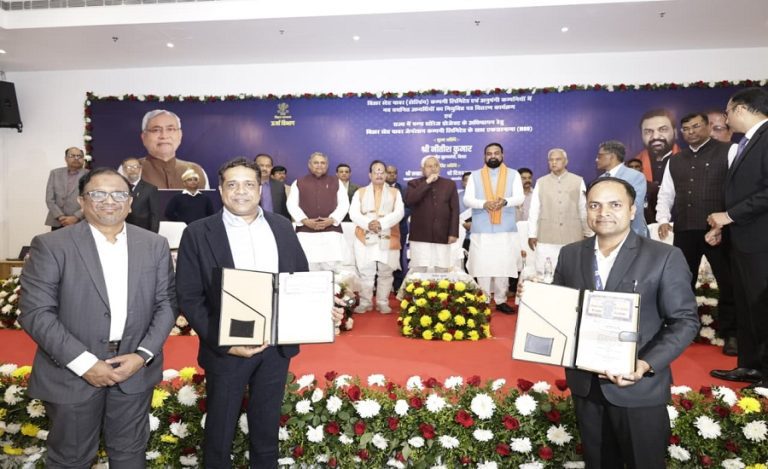Jharkhand, known for its lush landscapes, waterfalls, and cultural richness, has made remarkable strides in tourism since its formation in 2000. Over the past 25 years, the state has consistently prioritized tourism development, ensuring that Jharkhand’s natural and cultural assets attract visitors from across India and the world. With better security and enhanced infrastructure, tourist hotspots are now more accessible, creating new opportunities for economic growth and local employment.
Tourism Policy-2021 Paves the Way for Global Recognition
The Tourism Policy-2021 has been a game-changer, focusing on strategic development of Jharkhand’s religious, cultural, adventure, rural, eco, and mining tourism. The state government has invested in connecting major destinations through road, rail, and air services. Public-private partnerships (PPP) are being leveraged to enhance amenities and experiences for visitors. The policy also emphasizes collaboration with Forest Management Committees to develop eco-friendly tourism sites, positioning Jharkhand as a global tourism destination.
Key Initiatives Transforming Jharkhand’s Travel Landscape
Several initiatives have already begun to bear fruit. Major highlights include:
- Development of Baba Vaidyanath Temple and the Kanwaria Path in Deoghar.
- Launch of air services connecting key spiritual and tourist hubs, including Vaidyanath Dham.
- Eco-friendly cottages near Massanjore Dam in Dumka and a new resort at Patratu Dam costing Rs. 134 crore.
- Promotion of closed-mines tourism, making Jharkhand the first state to introduce such unique experiences.
- Selection of Netarhat under the Centre’s Swadesh Darshan Scheme and eco-tourism promotion at Chandil Dam, Betla, and Netarhat.
- Introduction of rural homestays to support village-based tourism and community participation.
Eco, Adventure, Cultural and Rural Tourism: A Comprehensive Approach
Jharkhand’s tourism strategy extends beyond traditional sightseeing. Festivals like the Monsoon Retreat at Netarhat and Patratu Lake celebrations in Ramgarh are being promoted as cultural attractions. Adventure and eco-tourism initiatives have turned serene landscapes into hubs for trekking, boating, and nature exploration. By integrating infrastructure development with environmental conservation, Jharkhand Tourism is achieving a balance between growth and sustainability.
The cumulative efforts over the years, supported by visionary leadership and policy-driven initiatives, have made Jharkhand not only a national favorite but also a globally recognized tourism destination.
Also Read: Hope From Home: Jharkhand Govt Moves to Repatriate 48 Migrant Workers Stuck in Tunisia



























